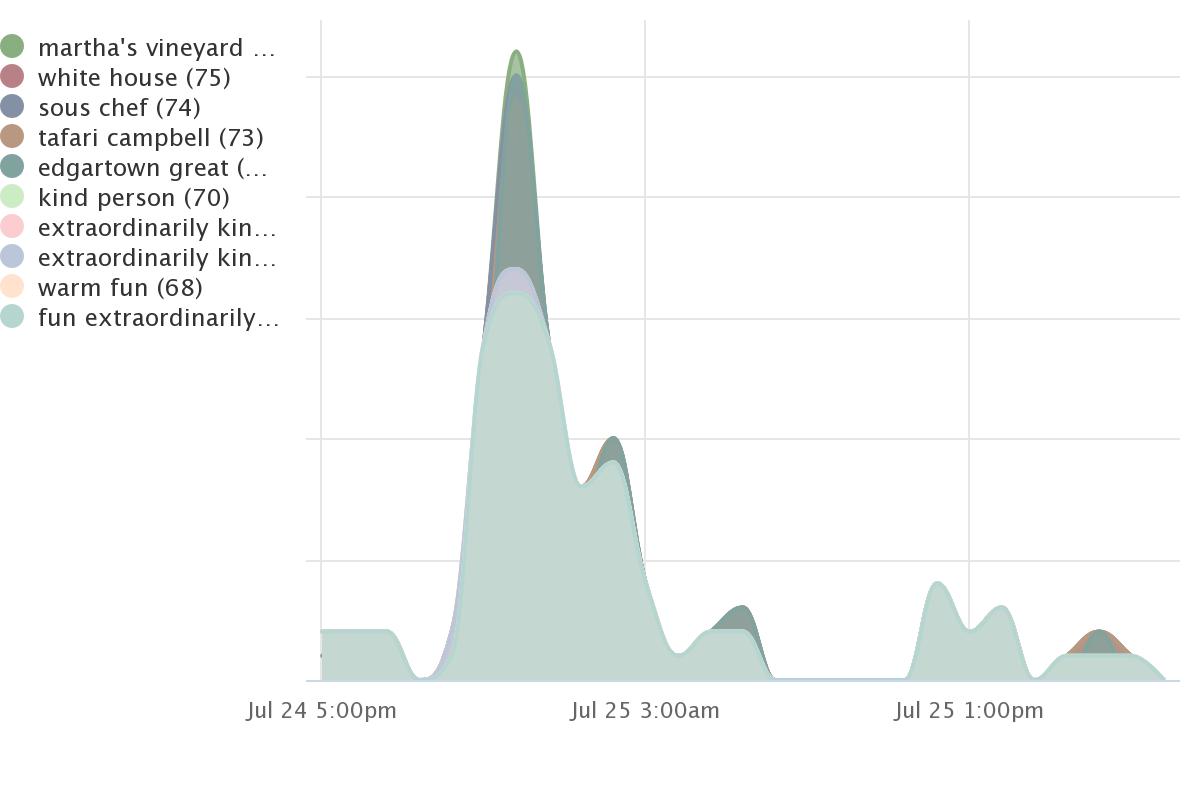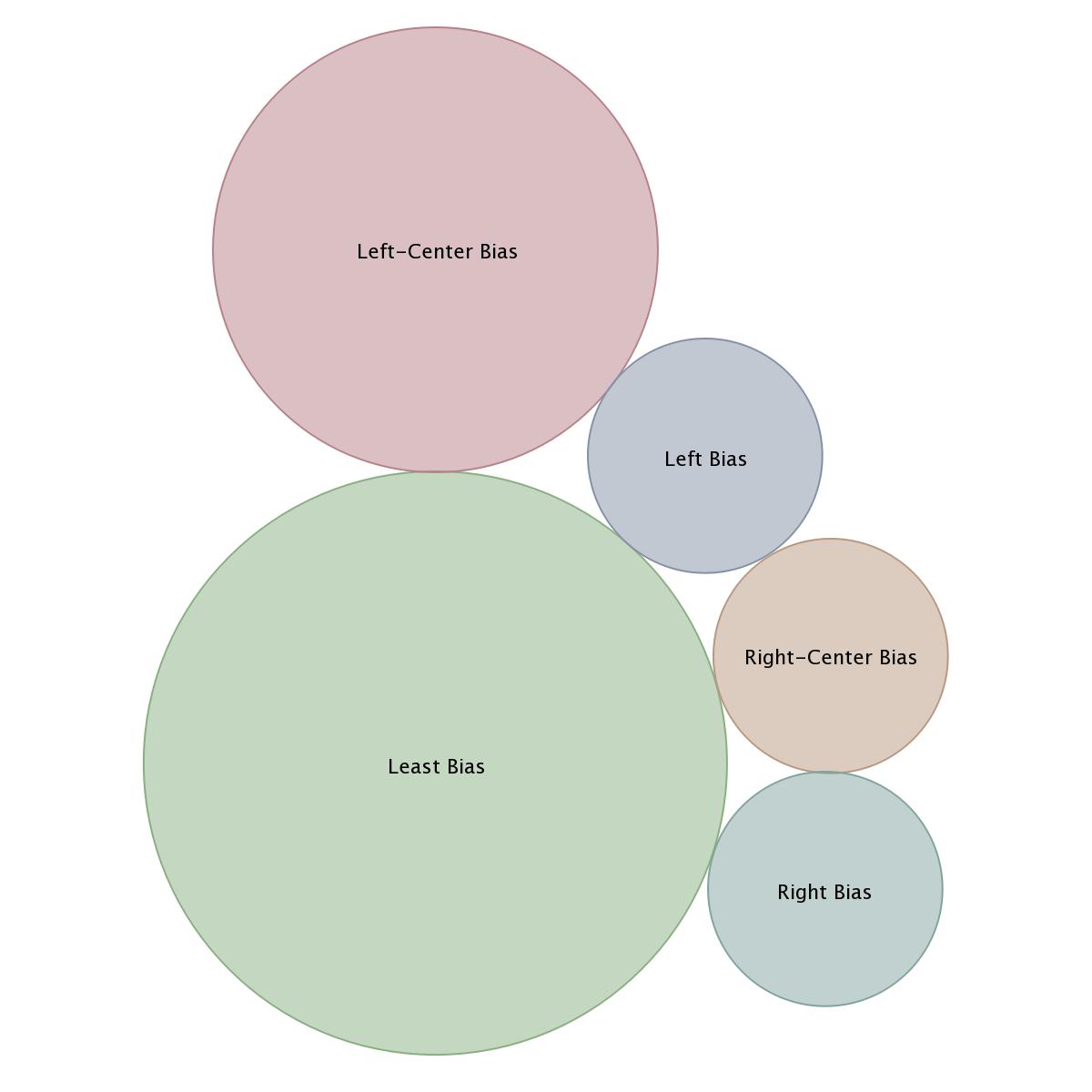
In our Kudzu Narrative Intelligence Brief, we are addressing the media narratives surrounding the deaths of Tafari Campbell, a personal chef for former President Barack Obama and first lady Michelle Obama, and Walter Scheib, the White House Executive Chef appointed in 1994 under the Clinton administration. The narratives focus on Tafari Campbell's tragic paddleboarding accident near the Obamas' Marthas Vineyard house and Walter Scheib's death in a ravine in New Mexico. Many far-right outlets are drawing comparisons between the two, but there is no evidence at this time that the two deaths are related in any way. These stories have been amplified by multiple sources, drawing attention to the lives and legacies of these two esteemed chefs.
Our Kudzu Narrative Intelligence brief auto-update every few hours with fresh analysis:
Tafari Campbell, a personal chef for the Obamas, tragically died while paddleboarding in a pond near the Obamas' Marthas Vineyard house. Here are the key issues surrounding this incident:
Walter Scheib, the former White House Executive Chef, was found dead in a ravine in New Mexico in 2015. Here are the key issues surrounding his death:
In our analysis of the top surfaced keywords, we have identified several trends and patterns. Here are some insights on why certain keywords appear more often than others and how they relate to the competing narratives:
These insights provide a comparative analysis of the top surfaced keywords and their relevance to the competing narratives. By examining the frequency and context of these keywords, we can gain a deeper understanding of the key themes and elements driving the narrative.

U.S. Media
Our Narrative Intelligence reveals interesting insights into bias in U.S. media. When analyzing media coverage across political leaning, we found that the majority of sources fall under the category of Least Bias, with a total of 36. This is followed by Left-Center Bias with 29 sources. Left Bias has 12 sources, while Right-Center Bias and Right Bias both have 10 sources each.
Comparatively, the numerical differences in media coverage across political leaning are significant. Left-Center Bias sources make up almost triple the number of Left Bias sources. Similarly, Right-Center Bias and Right Bias sources are on par with each other.
These findings highlight the need for a comprehensive understanding of media bias and the impact it has on shaping public opinion. Our Narrative AI and Narrative Technology provide valuable insights into the diverse landscape of media coverage and can help individuals navigate the information landscape more effectively.

U.S. Media
Note: Kudzu Narrative Intelligence briefs update every few hours. Very likely, the Narrative Analysis data visualization depicted in the graphic above will have changed as well.
Image Credit for Article Header: Photo by Aubrey Odom on Unsplash